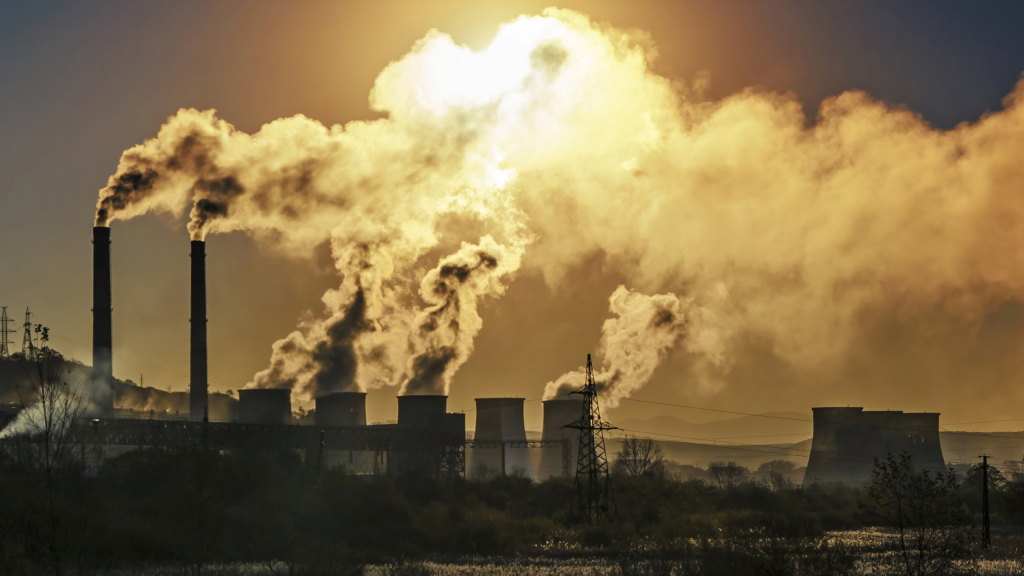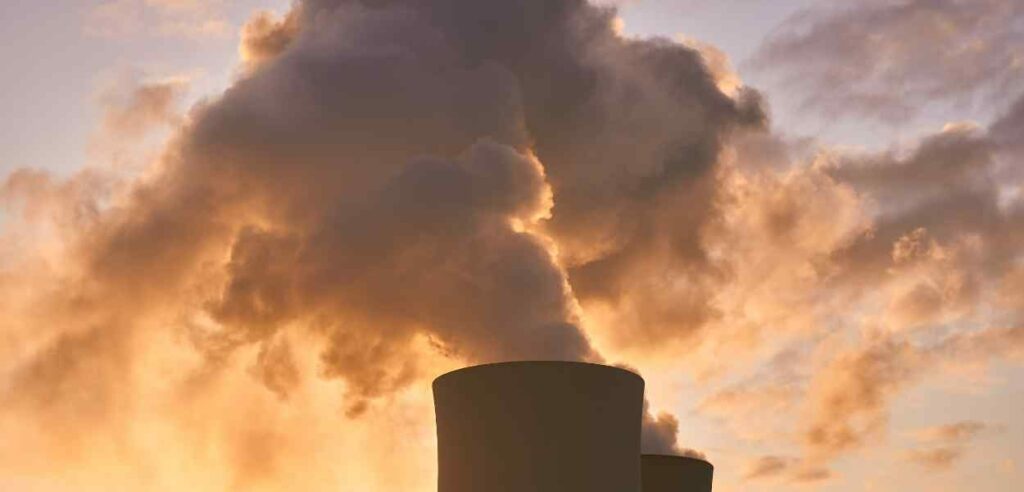You know the story. Since the Industrial Revolution, the world’s population has been exuding exorbitant amounts of greenhouse gas emissions into the atmosphere. As a consequence, we currently find ourselves in the middle of a climate crisis. The world is warming up, the glaciers are melting, and people’s homes are going underwater.
But how exactly is it that greenhouse gas emissions are causing such levels of destruction? What are they and what exactly do they do? And what can we do to fight them?
If you don’t know the answer to some of these questions, worry not! Here’s everything you need to know about greenhouse gas emissions.
How Do Greenhouse Gas Emissions Work?
The Greenhouse Effect
Greenhouse gasses have the ability to absorb the infrared radiation that the Earth’s surface emits, reradiating it back to it. In other words, greenhouse gasses prevent a certain amount of the heat energy the Earth produces from exiting it. The result is the greenhouse effect, which warms up the planet and leads to climate change.

Vapor, methane and CO2 are amongst the most prominent greenhouse gasses, though the latter is infamous for its destructive effects.
The effects of greenhouse gas emissions are indeed catastrophic. Their heat-inducing effects bring a plethora of problems with it. Some examples are frequent hurricanes, more droughts and heatwaves, as well as changes in precipitation patterns.
Pointing Fingers
Learning about greenhouse gas emissions evidently raises some questions. For instance, who exactly is it that is emitting inordinate amounts of CO2? And why?
Well, the answer is everyone. The way we currently live requires the use of massive amounts of energy, which we mostly get from fossil fuels. One of the most basic activities, driving a car, requires oil to fuel it. So one could argue that everyone living in modernity is to blame.
Yet the reality is that not all countries engage in the same activities. Richer countries consume more, meaning that they burn greater amounts of fossil fuels. In fact, the US, Japan, Germany, Korea and Canada are amongst those with the highest greenhouse gas emissions.
One might also wonder which sectors of the economy emit the most gas. In the United States, the electricity and heat production sector occupy the first place. Following it are the agricultural, the industrial and the transportation sector, in that order.
Manifestly, all these facts do not seem to mean much just like that. Pointing fingers can only go so far. Now that we know who is responsible, how do we fix it?
Achieving Carbon Neutrality
Individual Action
The world is currently working towards achieving carbon neutrality, meaning emitting no carbon dioxide into the atmosphere whatsoever. Of course, that poses a challenge. But the question is, a challenge to who?
Some argue that individual action is paramount to ending climate change. Others not so much. An alternate view is that it matters, but not as much as we would like to think. Because, as was previously mentioned, the industries that sustain our everyday experience are responsible for greenhouse gas emissions.
If the electricity, agriculture, industrial and transportation sectors affect the environment negatively, maybe we could do something to change that. Saving energy at home might be a good response. We could turn down the AC, turn off the lights and unplug devices when they are not in use. We could replace the lights with more environmentally friendly ones. There are plenty of options.
We could also change our diets. Reducing animal product consumption is proven to diminish one’s carbon footprint. Consuming locally-produced foods is also helpful, as transportation is not as prominent to its sourcing.
As for transportation, flying and driving less are obvious solutions. Public transportation, when available, is a great alternative. If you have the privilege to, buying an electric car is always a good idea in terms of environmental concerns. Even reducing our use of AC and using the gas and breaks more efficiently is an improvement.
Finally, buying less and more sustainably is essential. Fast fashion is horrible for the environment, and going out of one’s way to avoid participating in it is important. More generally, investing in quality products that last is crucial in the fight against our use-once-and-throw-away culture.
The Bigger Picture.
Still, there’s always another side to the coin. Objectively speaking, a single person’s actions do not, quantitatively, matter. However, the actions of the population as a whole do. Thus, one cannot exactly say that individual action is pointless, as, if enough of us engage in it, change is guaranteed. Conversely, it would be foolish to deny that this issue—of global proportions—is bigger than all of us.
Corporations, which are at the top of the pyramid, are the ones responsible for most emissions. Surely, that’s only because they respond to our wants and needs. Yet it is not practicable to live a completely sustainable lifestyle. A more realistic response might be to ask corporations for more sustainable means of production.
In this sense, voting with our dollars is uncircumventable. But what about voting with our actual political voice? If anyone can pressure transnational firms, it is the government. Of course, in the liberal economy in which we live, that is only true to a certain extent. Still, if we really want to help, we must ask our politicians to work towards a more sustainable future.
Therefore, American citizens might have the greatest responsibility. The US has the power to influence, and is responsible for a great amount of greenhouse gas emissions. Consequently, speaking to local representatives and voting on climate action is necessary for achieving carbon neutrality.
But What About Cooling Down?
Working towards carbon neutrality ensures that we will not continue to contribute to climate change. Nevertheless, it is important to realize that carbon neutrality does not equal putting global warming to a halt.
For even if greenhouse gas emissions stop, temperatures will continue to rise. If we truly want for it to come to an end, we need to intervene in other ways.
One solution might be air carbon capture. This method captures air from the atmosphere, filters out the CO2, and then buries it underground. Without this gas in the air, heat will escape the Earth in larger quantities, and the cooling process would begin.
Nonetheless, some have deemed this logic to be untrue. Air carbon capture would obviously require enormous amounts of energy, so it would release more carbon than it would entrap. In fact, the current focus on such a method is suspicious. Could it be fossil fuel companies wanting to continue in their ways while claiming to offset their pollution?
Fortunately, carbon capture is not the only way of cooling the planet down. Geoengineering might be the way to go. This phenomenon consists of intervening in the natural world in an effort to make the weather cooler. A strategy could be to make the Earth more reflective by whitening clouds with sea salt. A more reflective surface would mean that less heat would enter and stay trapped in the atmosphere.
And while this might seem like a solution from the heavens, scientists are still unsure about the side effects. Making such widespread changes might have unexpected consequences. Furthermore, there is the question of which country would undertake the action and where.
Still, what is clear is that, at some point in time, we will need to make the planet a little colder, and we must decide which method we will use.
Like this article? Check out the importance of the 2030 agenda.






